
The first time I fired up the Isuzu Traviz, the noisy yet familiar clatter of the diesel mill under my butt immediately had memories rushing through my head. I remembered the days before I had had access to a personal car. During that time, I commuted to and from school and work. One of the vehicles I commonly rode was the Crosswind. Doing duty under the hood of that thing was the veteran 4JA1 engine.



The 4JA1 isn’t really a complicated design. Before common-rail injection and turbocharging became the norm, this unit and its contemporaries had been the powerhouses that moved Filipinos. It didn’t have too much to give in terms of top speed, but it had quite a bit of muscle even when the revs were kept low. Proof of this was the Crosswind still making it up hill climbs despite the annoying habit of most UV Express drivers (shifting up early).
Euro 4 restrictions would kill the Crosswind and its Mitsubishi rival, the Adventure. And everyone thought that it would also spell the end of the 4JA1. But it didn’t. The engine receives Isuzu’s proprietary Blue Power technology and gets shoved underneath the cab of the Traviz utility vehicle.

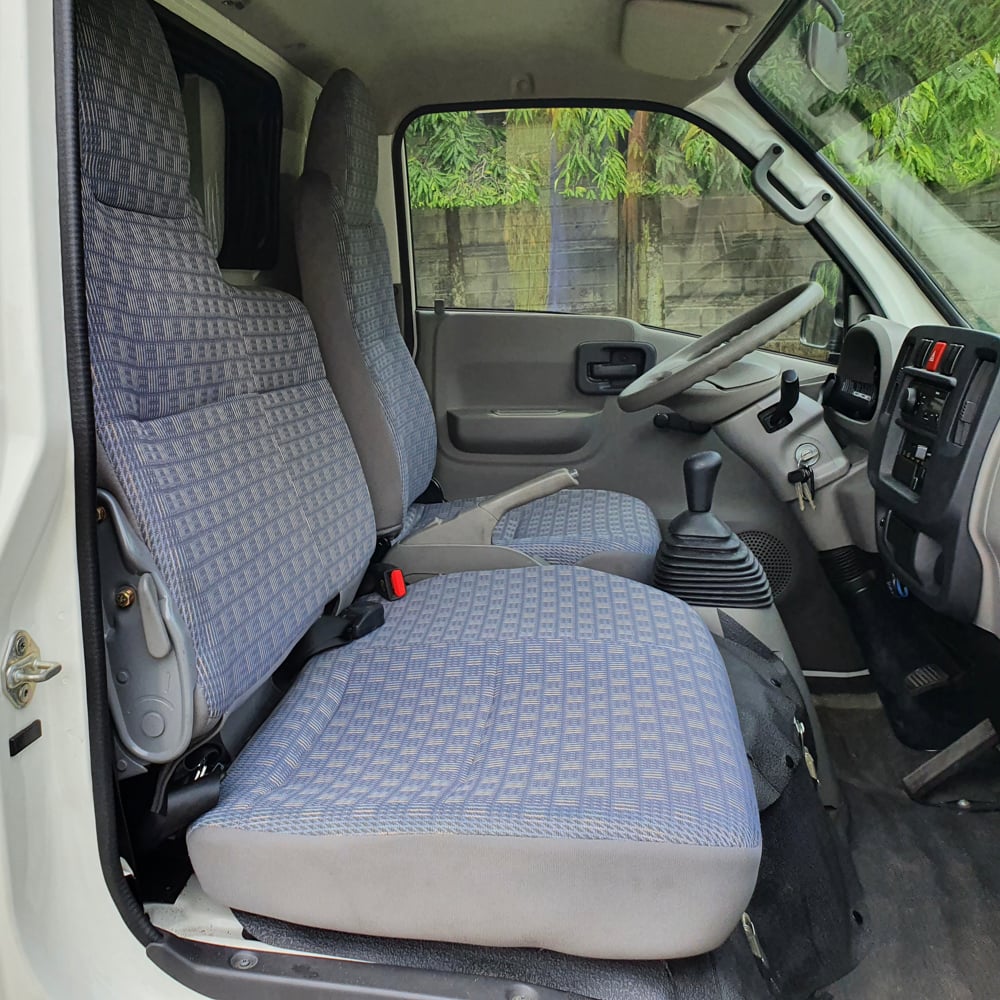

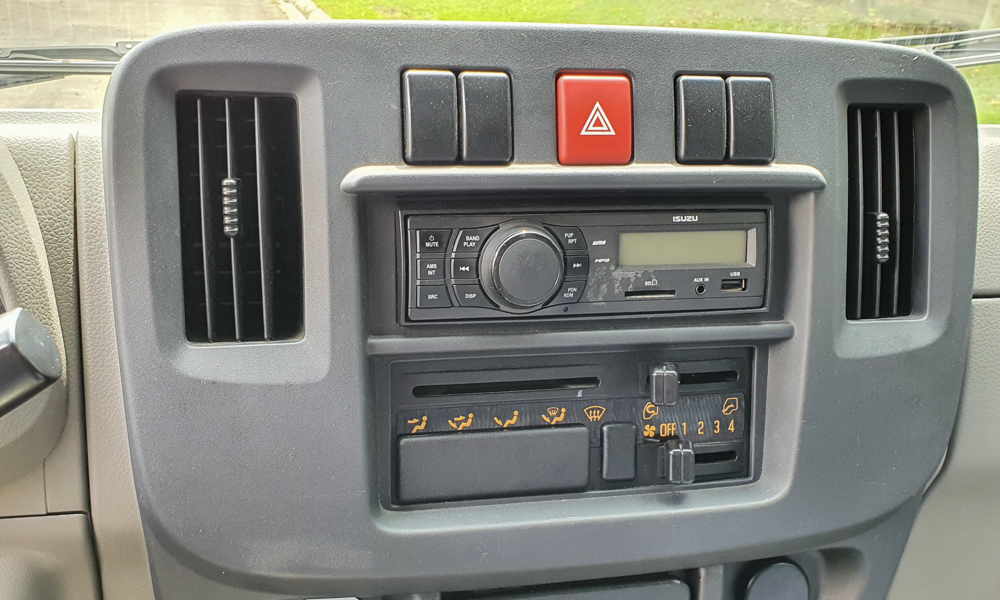
There’s really not much to talk about the Traviz. I’d look like an idiot if I started using words normally reserved for things with a Prancing Horse or Raging Bull emblem. The cab has seats, a steering wheel, very cold air-conditioning, a radio that doesn’t store channel presets, and a sun visor for just the driver. The floor-hinged accelerator annoyingly behaves like it has detents, and forces my thigh into a position where it gets cooked by the engine. I highly suggest wearing long pants when driving the Traviz.
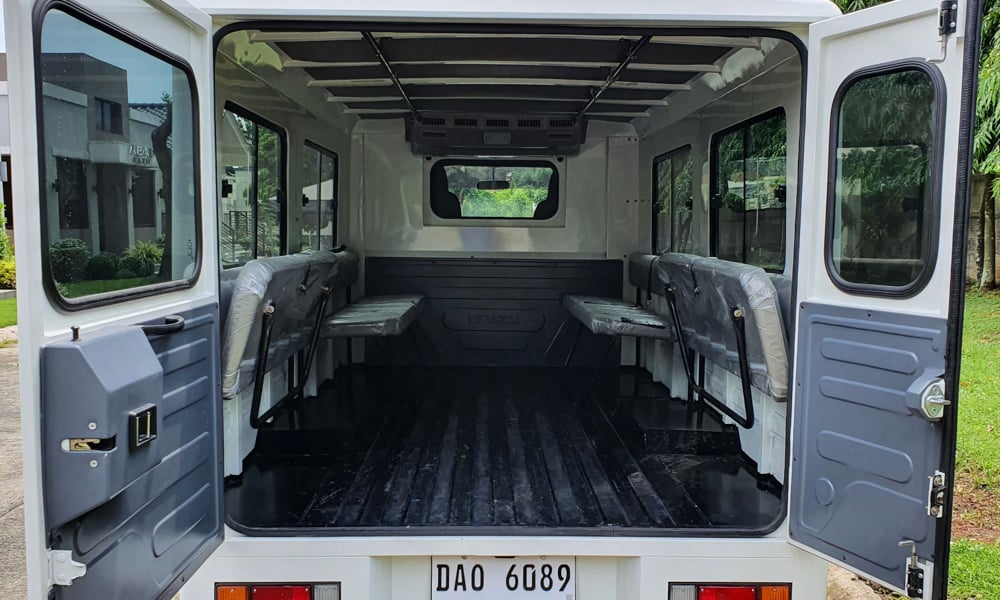

One redeeming feature about this vehicle is that the ride is surprisingly comfortable. It doesn’t bounce a lot, which makes driving it significantly less stressful. I took my significant other out to lunch with it. Apart from the awkwardness of hopping into the cab, she didn’t find anything to complain about our unusual date vehicle.
I’m just not sure if the same can be said about the passenger cabin. The one on this test unit was built by Centro and had a Sanden air-conditioning system (several companies supply rear bodies and A/C units for the Traviz). But I guess it wasn’t bad because I finally became friends with a buddy’s golden retriever after bringing him to the vet and back.

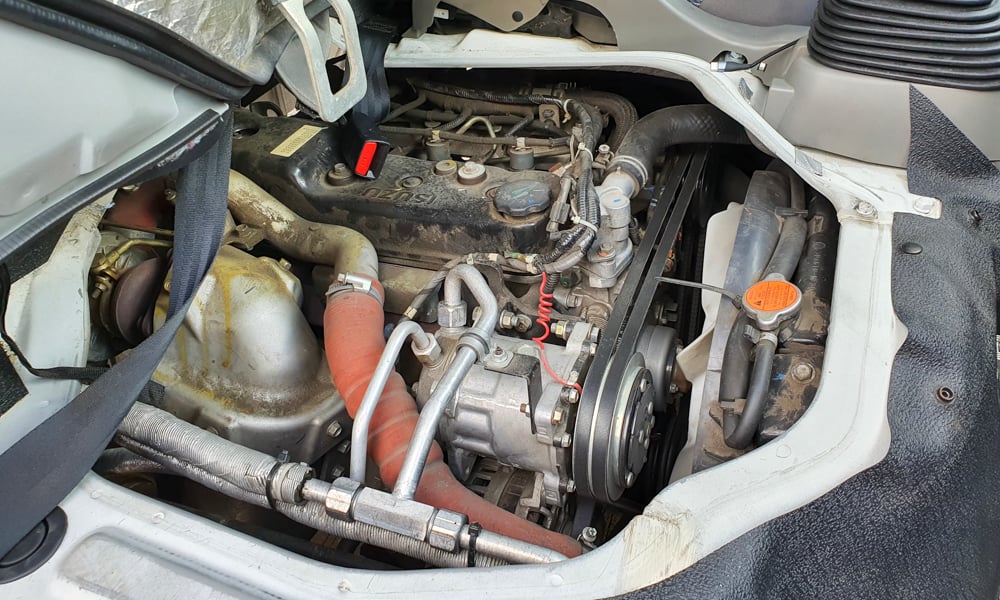
Within the confines of the city, the 4JA1 has decent grunt. It’s not going to get off the line like a frightened ferret, but it won’t struggle keeping up with traffic. The common-rail direct-injected engine has plenty of low-end torque, which is easily accessible by the five-speed manual transmission’s decently spaced ratios. I just wish the shifter were a little more precise.

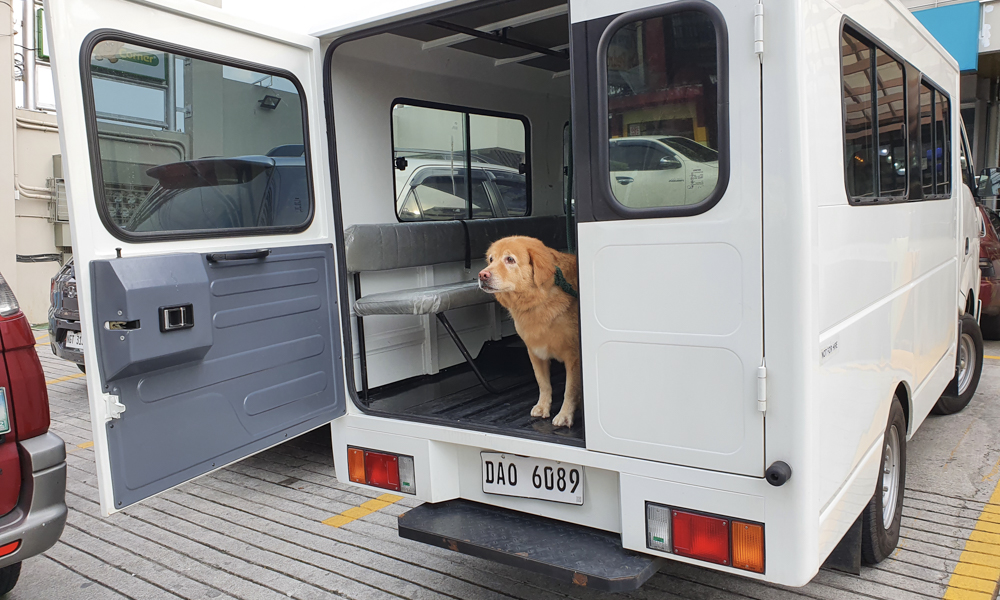
While I found nothing inherently wrong with the 4JA1 motor during my time with it, I do have concerns with its 77hp output. You see, the long-wheelbase Traviz boasts a payload capacity of 1,655kg—almost as heavy as a Toyota Camry. It might struggle carrying all that weight as the engine has a low-pressure turbo, which is more or less similar to what the Crosswind had. The modest output is probably one reason why the gearing is quite short. The vehicle almost screams in protest when driven over 75km/h.


I wasn’t expecting the Traviz to set my pants on fire even when it roasted my thigh, but I really wanted to like it. I actually enjoyed driving it because it was a totally different experience compared to other demo units I’d had. And despite working the 4JA1 hard most of the time, fuel economy was pretty decent at just over 9km/L in mixed conditions. But I just wish it had at least 100hp and 225Nm so that it would really have the muscle to carry anything up to its rated payload limit.
ISUZU TRAVIZ L
| Engine | 2.5-liter four-cylinder turbo diesel |
| Transmission | 5-speed manual |
| Power | 77hp @ 3,900rpm |
| Torque | 176.5Nm @ 1,800rpm |
| Dimensions | 4,600mm x 1,695mm x 1,955mm (cab and chassis) |
| Drive layout | RWD |
| Seating | 19 |
| Price | P1,203,500 (Centro UV body with Sanden air-conditioning) |
| Upside | The ride quality is surprisingly excellent for a utility vehicle, and the air-conditioning is properly cold. |
| Downside | The cab lacks heat insulation in some areas, and a little more oomph wouldn’t hurt. |











Comments